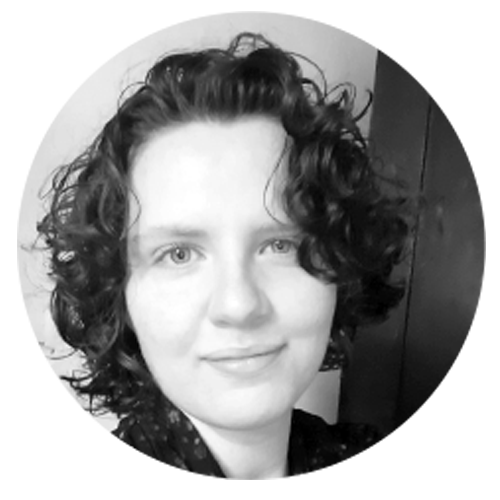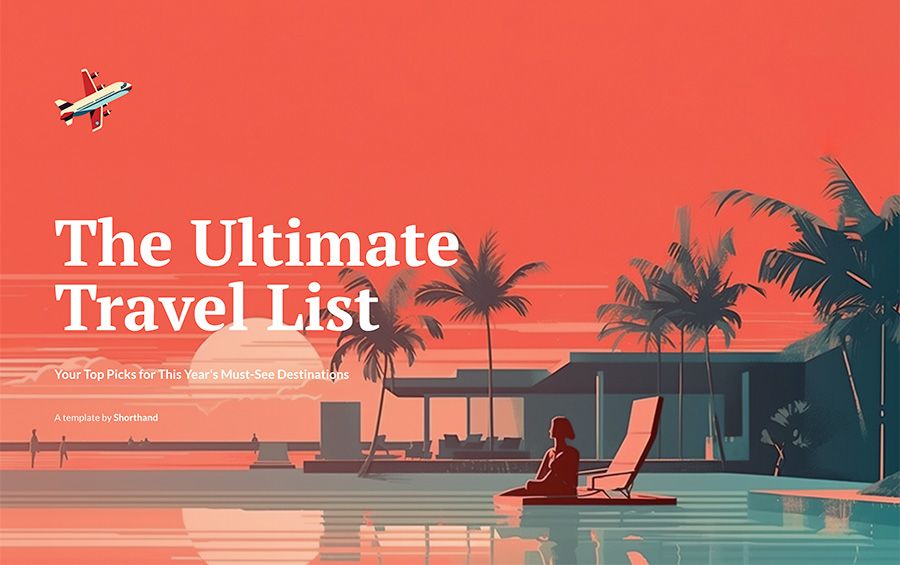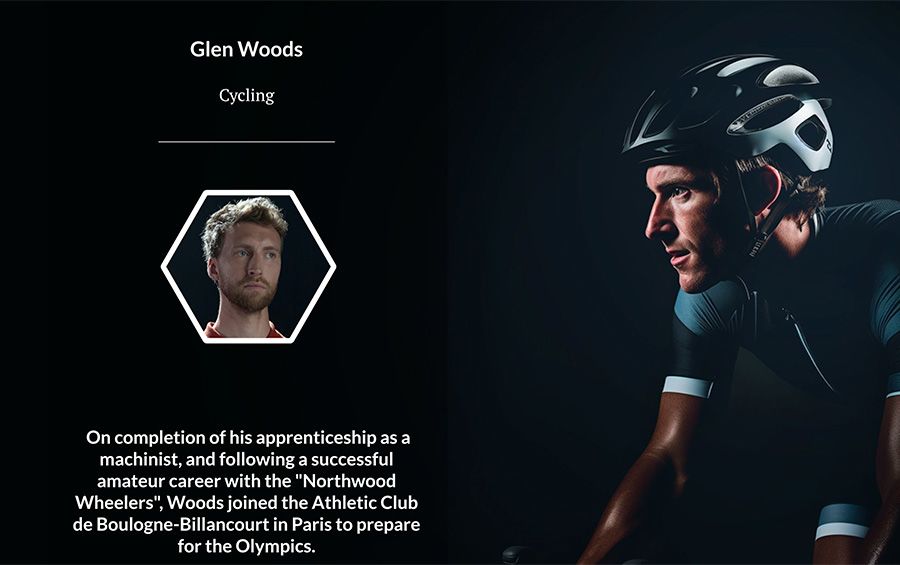10 listicle examples that will make you love the form. Seriously.

10 listicle examples that will make you love the form. Seriously.

Like most people, I think the first listicle I read was probably a BuzzFeed article. It was bright and brief, ridiculous and relatable, and an ever so slightly guilty pleasure.
by Corinna Keefe
by Corinna Keefe
At the time I was deep into university studies, on a stodgy diet of academic articles, doorstop-sized books and dry syllabi. Listicles — sometimes known as list articles or list posts — felt like the literary equivalent of eating pick ’n’ mix.
But I kept reading them. And so did millions of other people. Even as we made fun of their endlessly long clickbait titles, their reliance on GIFs and screenshots, and their apparently random number of list items, we kept seeing them on social media — and we kept reading them.
So what’s the appeal? And do listicles deserve their frivolous reputation, or should we take them a bit more seriously?
It's time to delve into the mysterious inner workings of the listicle… plus, some listicle examples to put all that theory into action.
We'll cover:
Start creating with Shorthand
It's the fastest way to publish beautifully engaging listicles, reports, internal comms, and more.
Loved by the world's most iconic brands
Loved by the world's most iconic brands
The listicle format: not just for memes

Believe it or not, the University of Chicago has weighed in on the listicle as literary form in its quarterly magazine. According to the experts, listicles appeal to readers because they’re a compact way of sharing information in a predictable structure (the numbered list of subheadings).
Listicles may have started out as a way for bloggers to collect Vampire Diaries screenshots, '90s kid memories, and student life hacks, but they have evolved into so much more. You can write a listicle about any subject that can be divided into bullet points. That’s… pretty much everything. And whoever your audience is, they probably enjoy reading listicles too.
Today, you’ll find the listicle format in news stories, government websites, nonprofit campaigns, TikTok videos, theatre brochures, and even books. It’s a valuable content marketing strategy, as well as a reliable source of engagement and social sharing. While many listicles are filled with fluff, others are used to communicate incredibly serious content.
What makes listicles so effective?

The real secret to a great listicle is that both content creators and consumers love them. They work for marketing, comms, and content teams — and they work for your audience.
Let’s break down exactly why.
1. Listicles are easy to read
The list structure, with its focus on clear headings and explanatory text, is easy to scan and understand quickly. For readers in a hurry — or the mythical readers with short attention spans — this is ideal.
2. Listicles are engaging
Every part of a listicle is optimised for keeping the reader’s attention: from the catchy long-tail headline, to the punchy headers, to the eye-catching images, to interactive elements such as polls. To get the most out of a listicle, though, you’ll need a publishing platform that supports this kind of multimedia and interactive content.
3. Listicles are shareable
The listicle format is perfect for breaking down into small pieces of snackable content. People love to share them — either as full lists, or by picking out the item that meant the most to them.
In a NiemanLab interview, Jack Shepherd, former editorial director at BuzzFeed, laid out three types of listicles:
- simple collections of information
- definitive lists (such as 'top 10'), and
- framework lists (where the listicle has a narrative running through it).
Add on the variety of content formats and topics that you can cover in a listicle, and you have a truly versatile form.
4. Listicles work well for SEO
If a listicle isn’t written for social media, chances are it’s written for Google. Many of the most common search queries you’ll discover from keyword research in a tool like AHRefs or SEMRush — 'best glasses for book lovers' or 'best keyboard for writers' — lend themselves to listicles.
And high quality listicles are good enough for readers to click-through, and can even earn backlinks, an important commodity in SEO. The length of a listicle also allows for writers to optimise their list for search engines.
5. Listicles can be any length
Anything from three list items to three hundred can be a hit with your audience. There are no hard and fast rules about the numbers that get results; instead, you should choose a list length that suits your content and purpose.
6. Listicles can be complex
The list format might be simple, but the information inside it doesn’t have to be. Listicles are a valuable way to break down complex topics, instructions, or comparisons into manageable points.
7. Listicles are fast
Not just to read, but to create. Once you’ve come up with a killer title and written the list headings, you’re 90% of the way there. A blessing for overworked marketers everywhere.
But let’s not forget another of the listicle’s sacred rules: show, don’t tell. The best way to understand the form is by diving into some quality listicle examples. You can think of these as quasi-templates (easily built in Shorthand), or a shortcut for your next content brainstorm. Either way, you’ll find yourself inspired to create your own listicles.
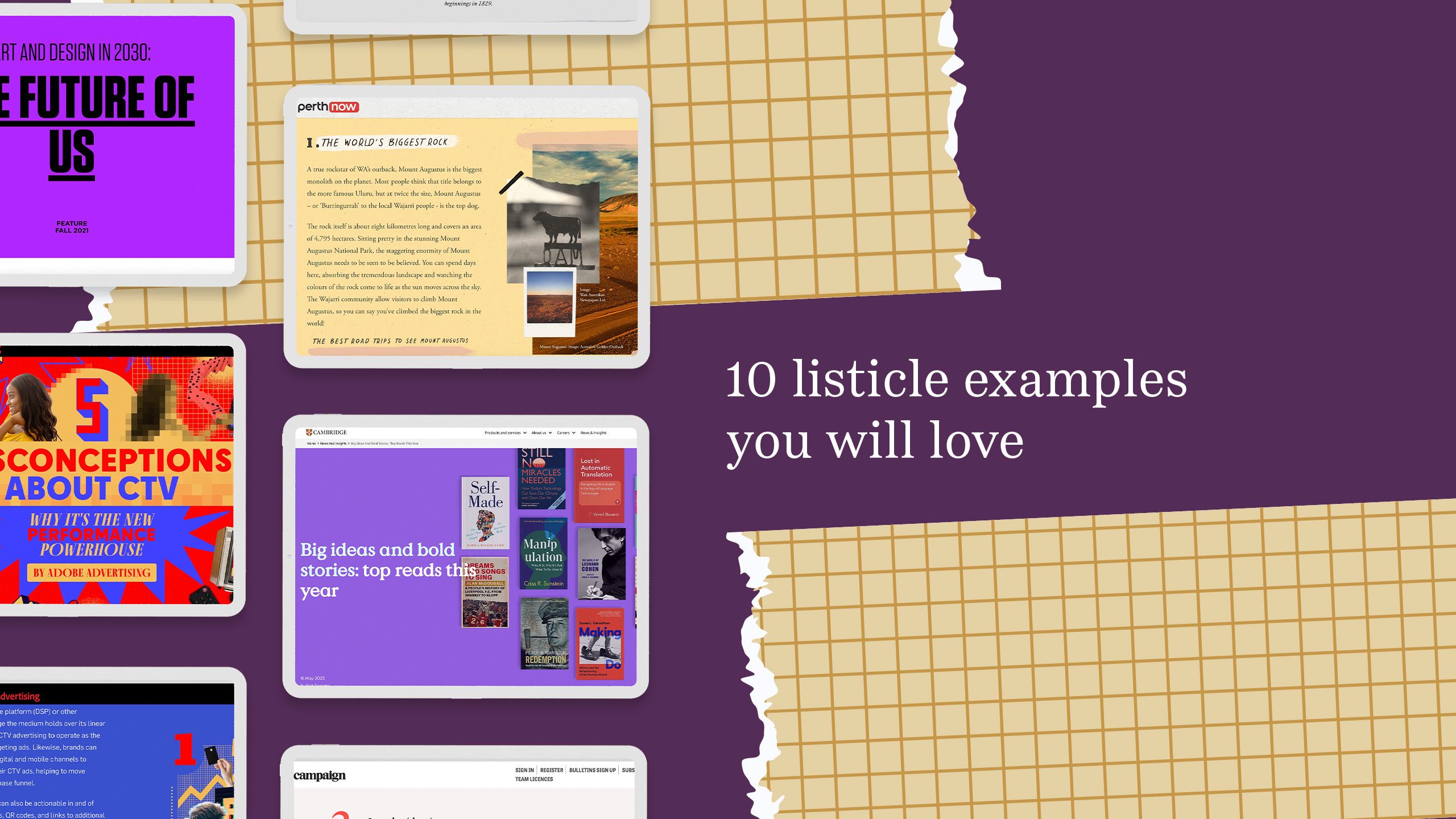
1. Adweek and Adobe Advertising: 5 Misconceptions about CTV
This one is an example of how listicles can dazzle. Each item in the list of five is treated with its own vibrant colours and collage illustrations that animate as the reader scrolls.
It knows that sponsored content has to work extra hard to keep readers' attention, and delivers value with its creativity and valuable information.
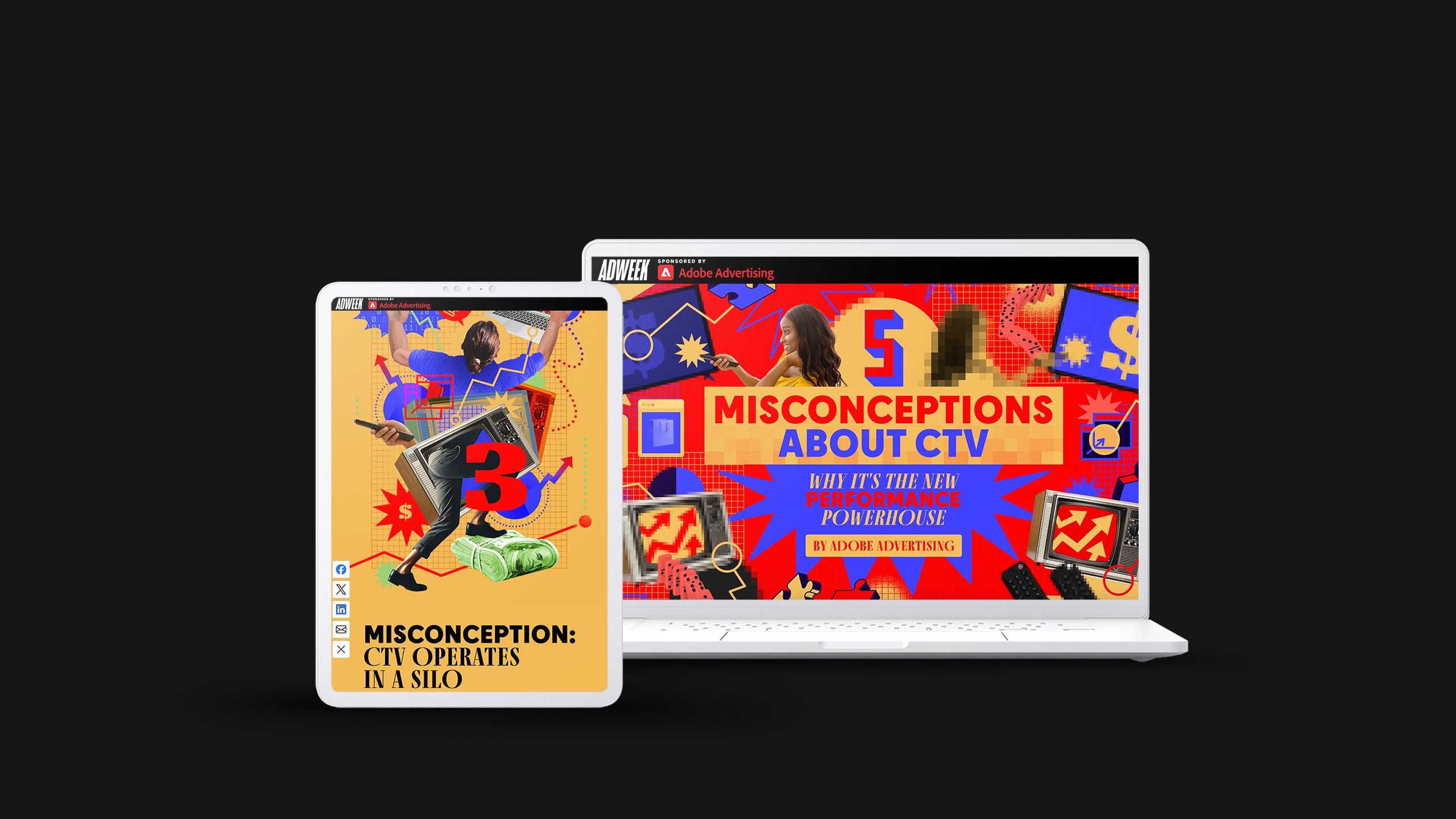
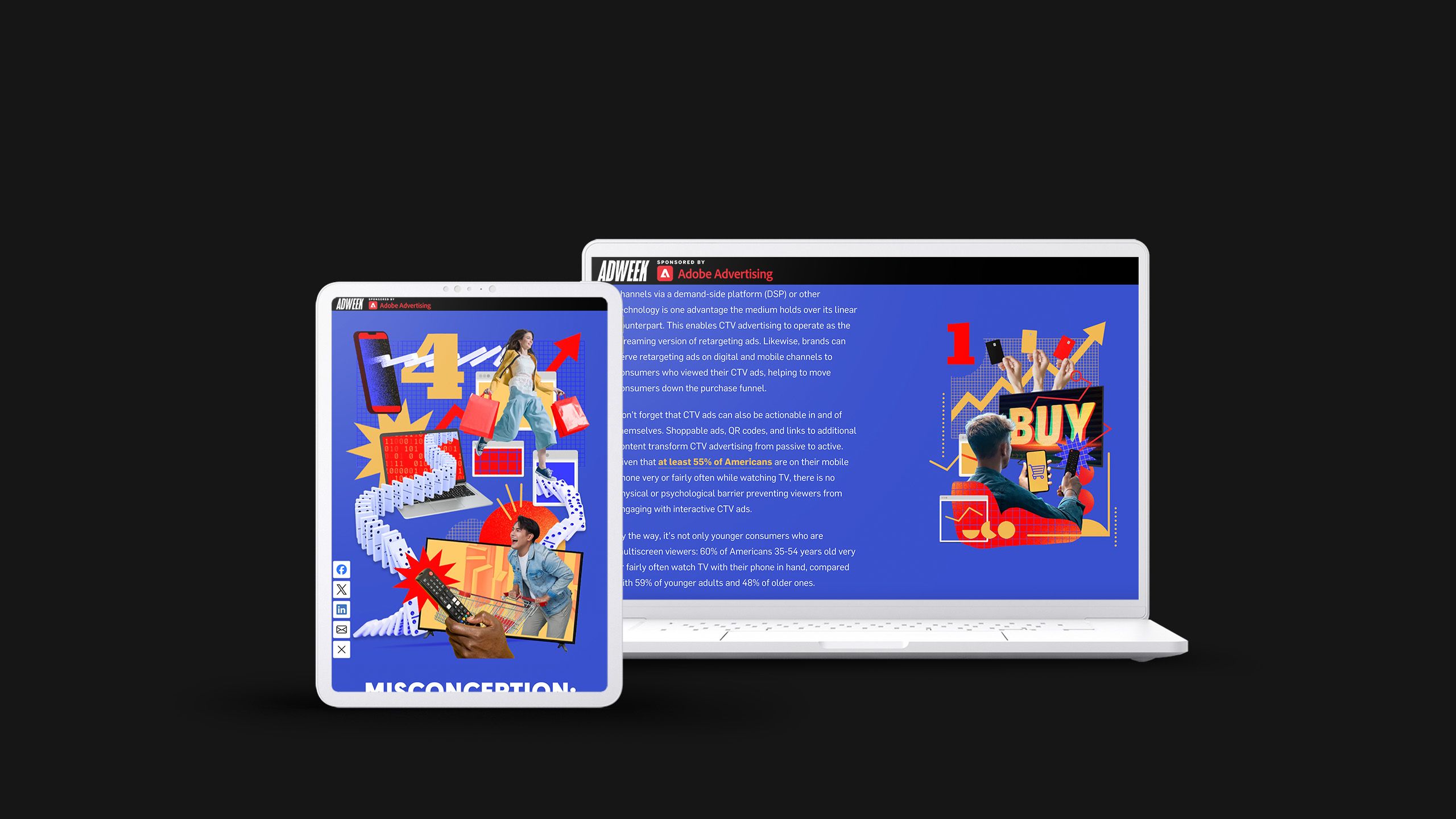
2. Cambridge University: Big ideas and bold stories: top reads this year
Who doesn't love a good book recommendation? With simple design and striking colours, this listicle takes the book list format to a new level.
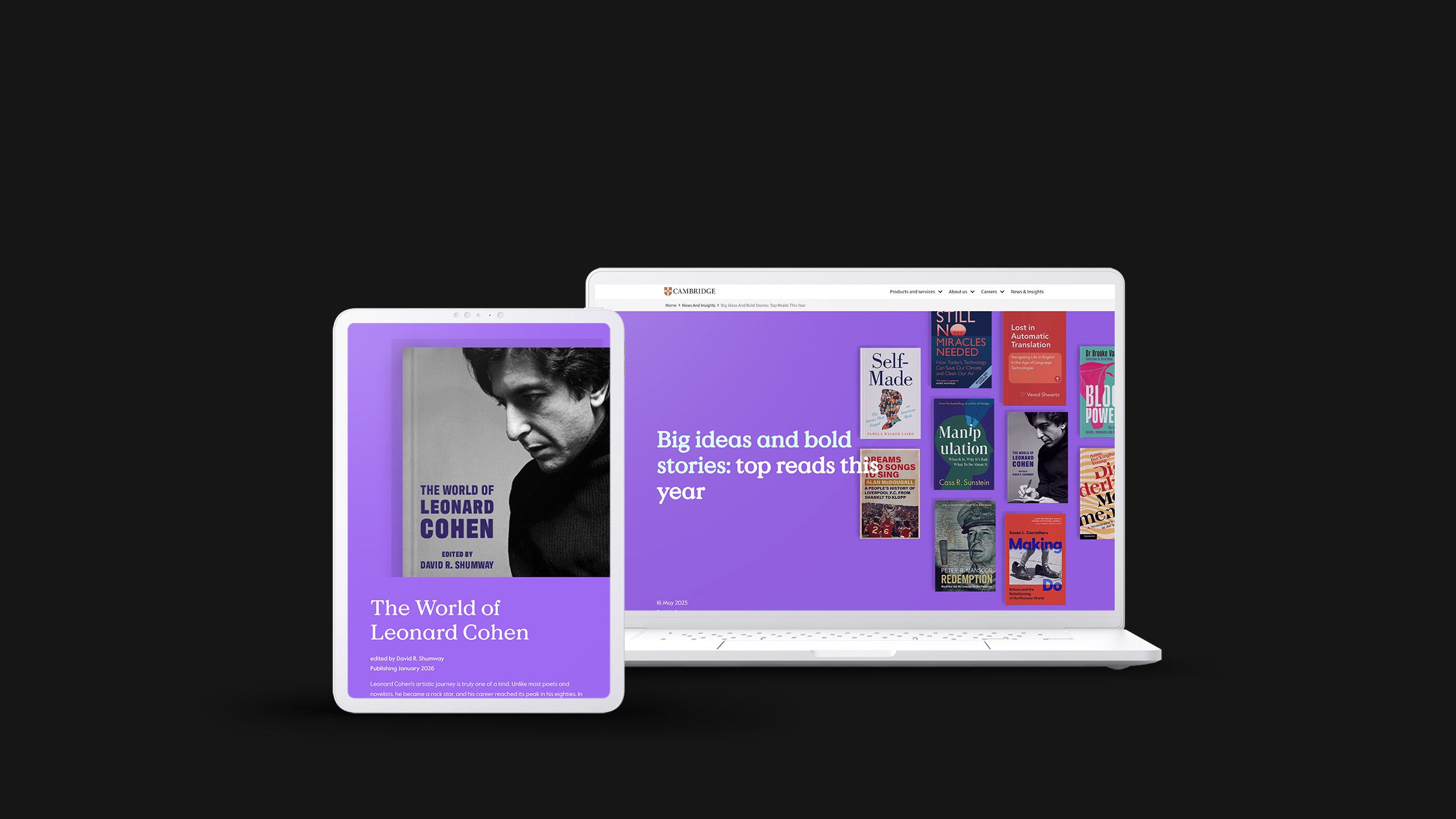
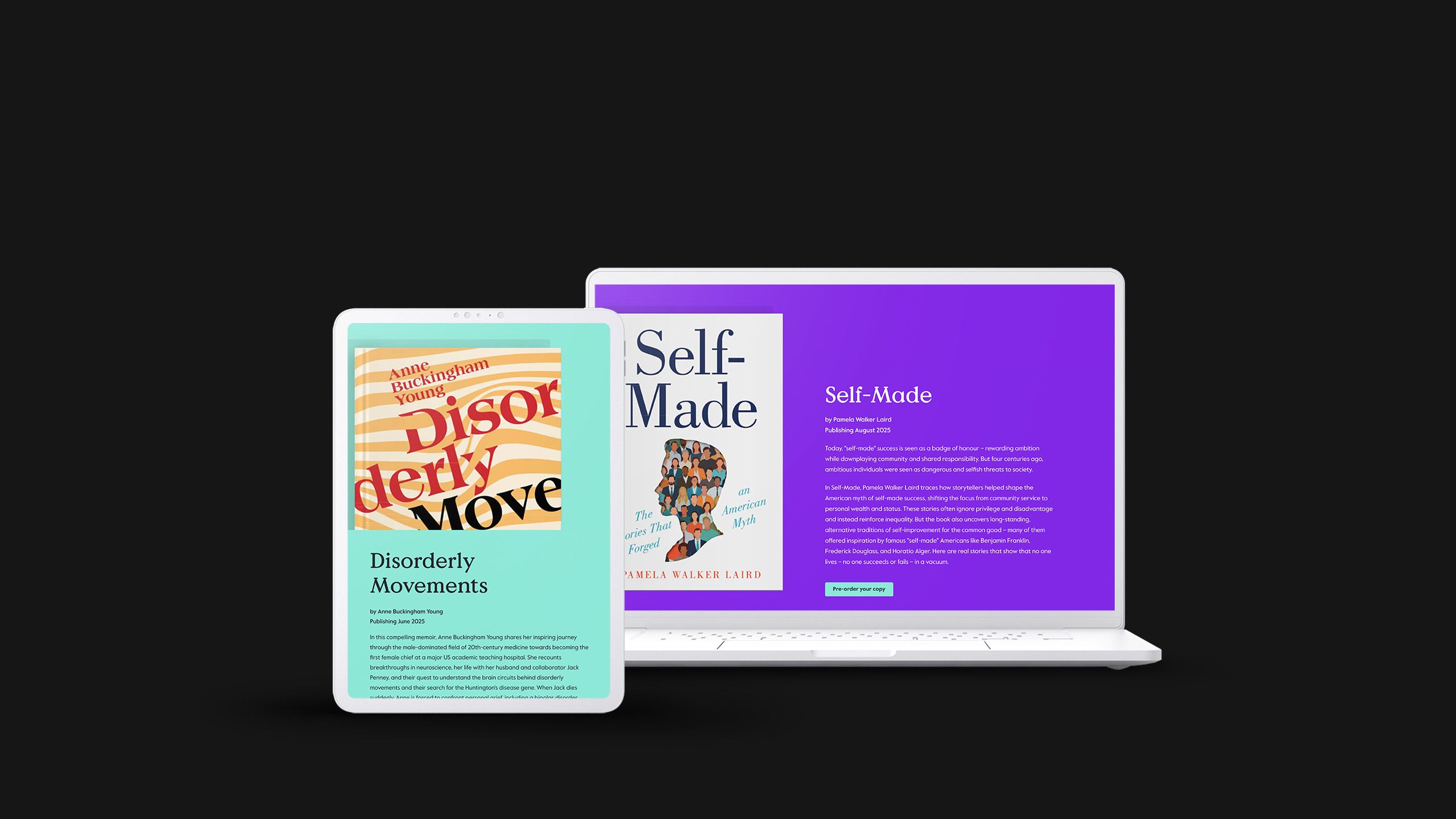
3. Kings College London: Seven thought-provoking questions asked by the AKC in the last 10 years
Illustrated with brushstrokes on an exercise book background, simple text blocks scroll through each item in this beautiful article.
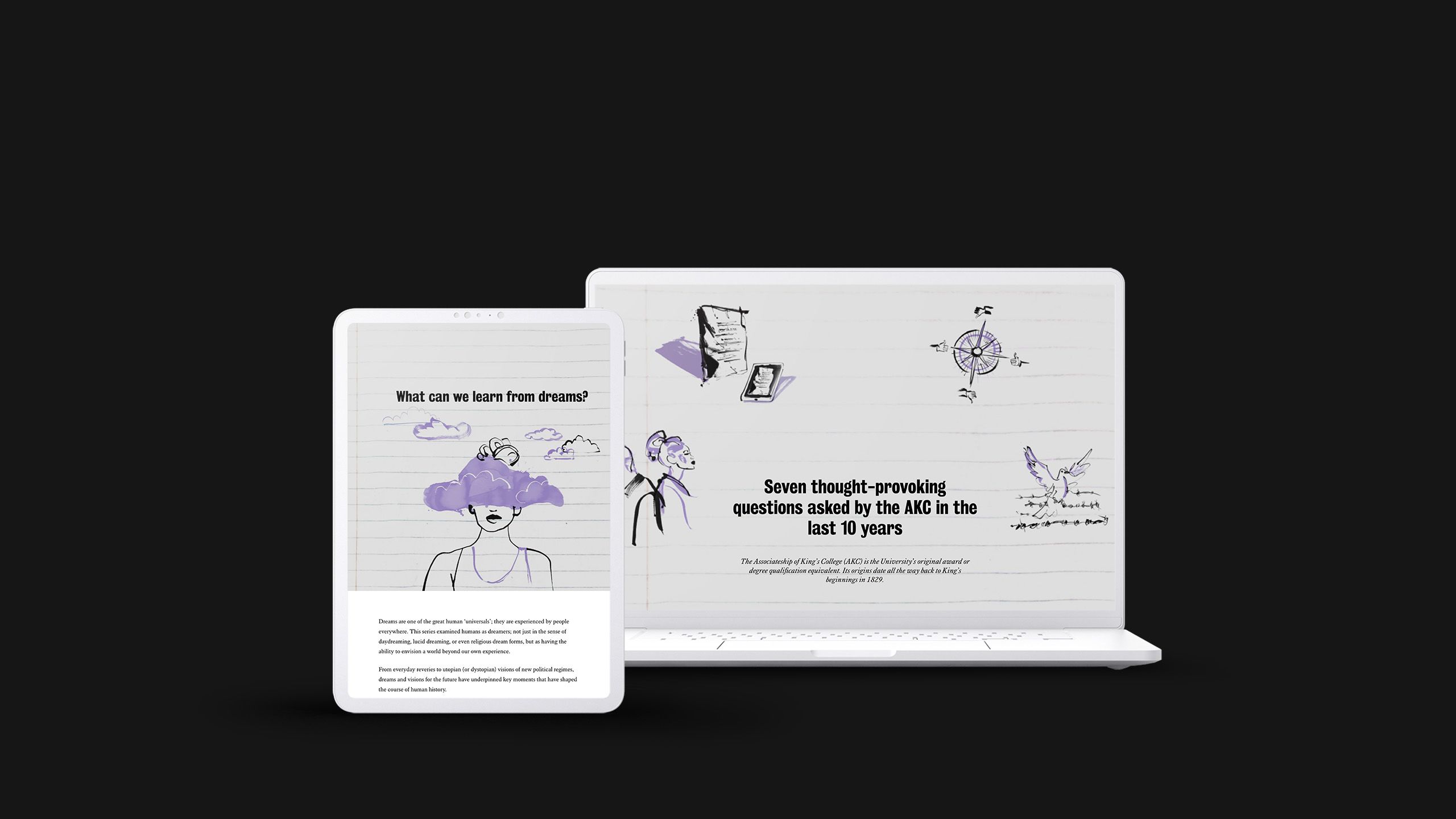
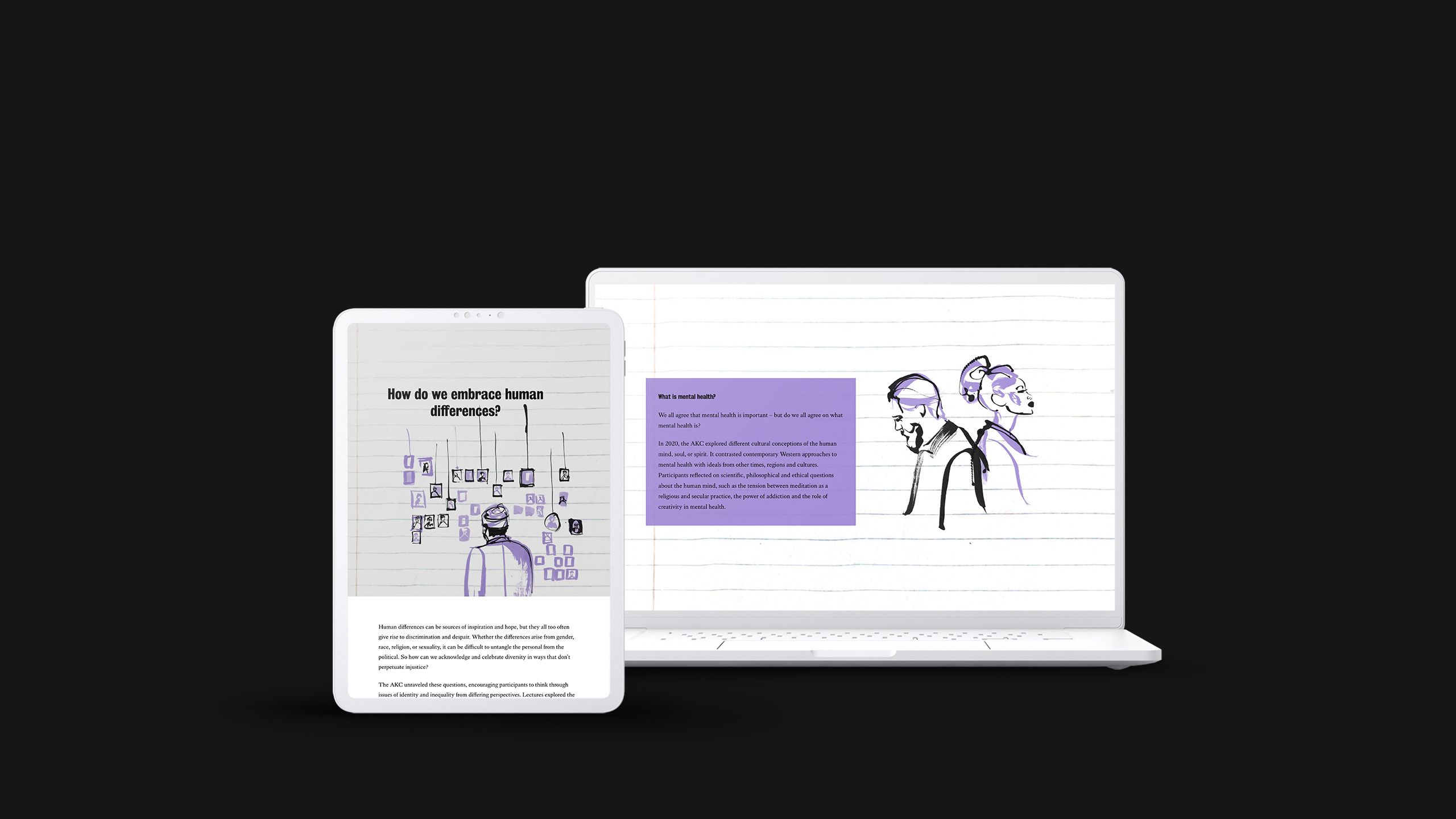
4. The Print: Delhi's five pollution hotspots
This brilliant listicle sees readers navigate on a map of the city to reach each item.
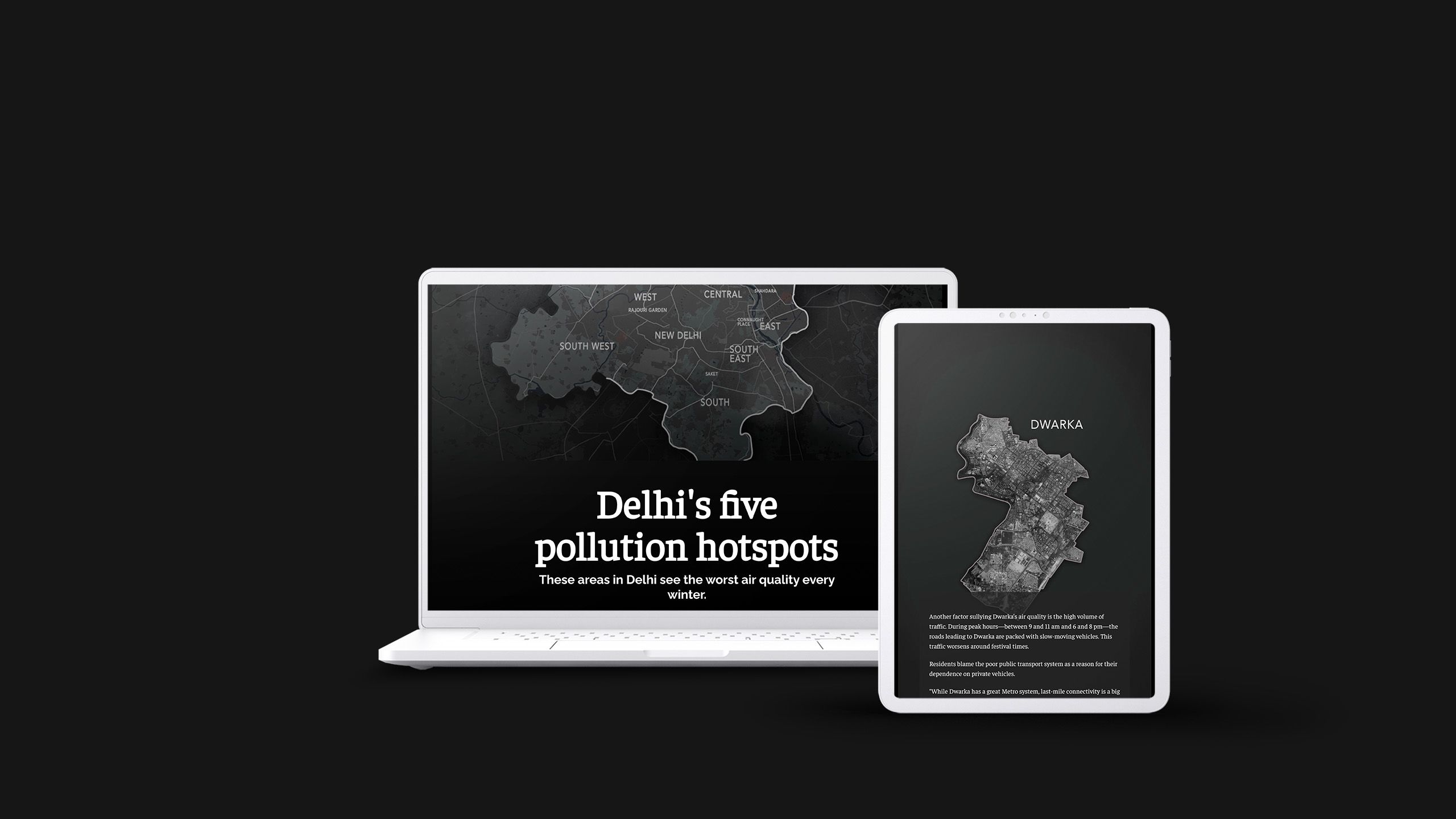
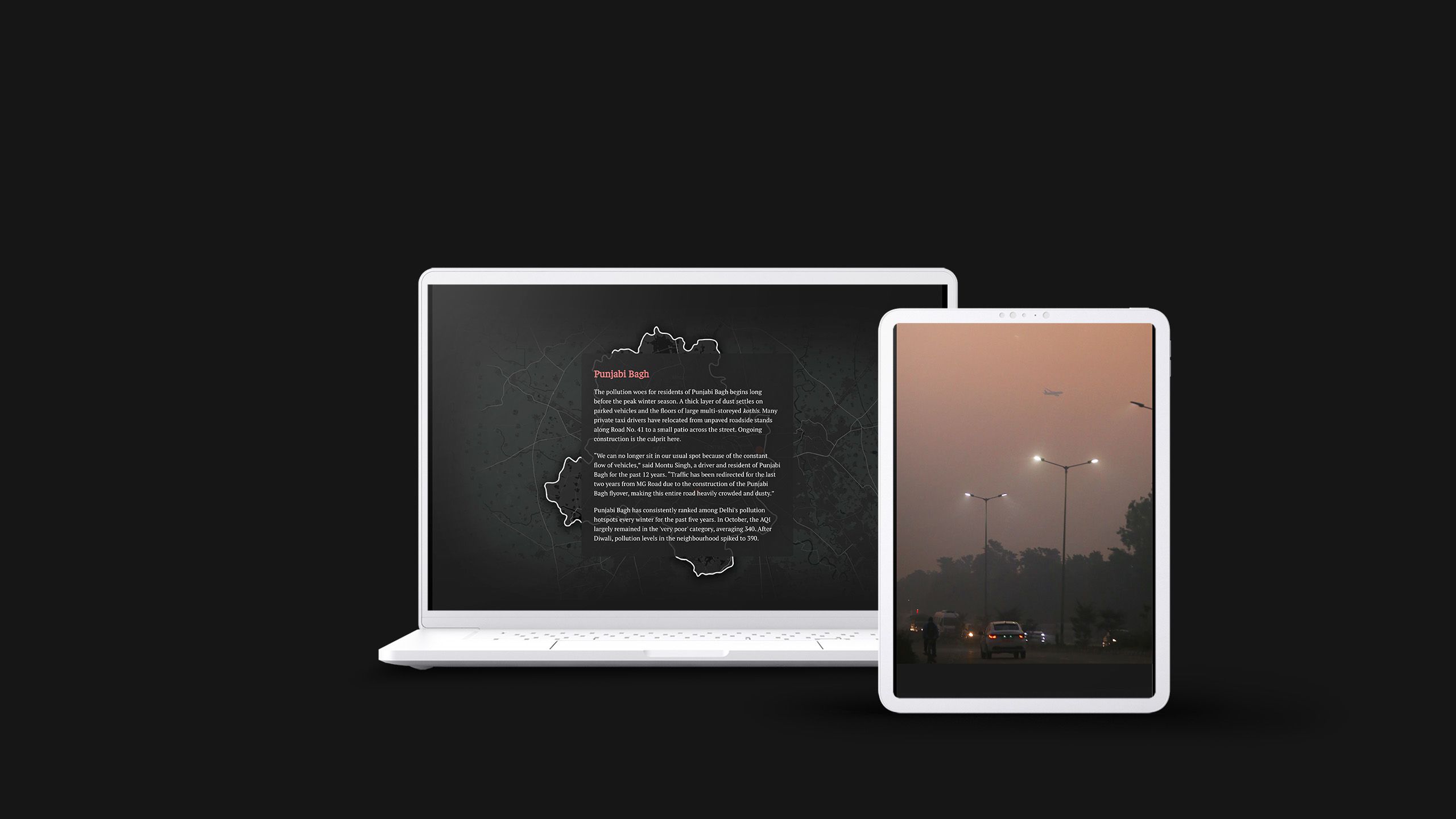
5. AIC Magazine: Art and design in 2030
This listicle from the School of the Art Institute of Chicago asks one question: what will art look like in 2030?
Each item on the list contains an insight from one of the institute’s professors or alumni, adding up to eight interviews in total that cover every topic from the environment to education, accessibility, and technology.
This is a great way to show a range of views from an interview series, panel discussion, or survey.
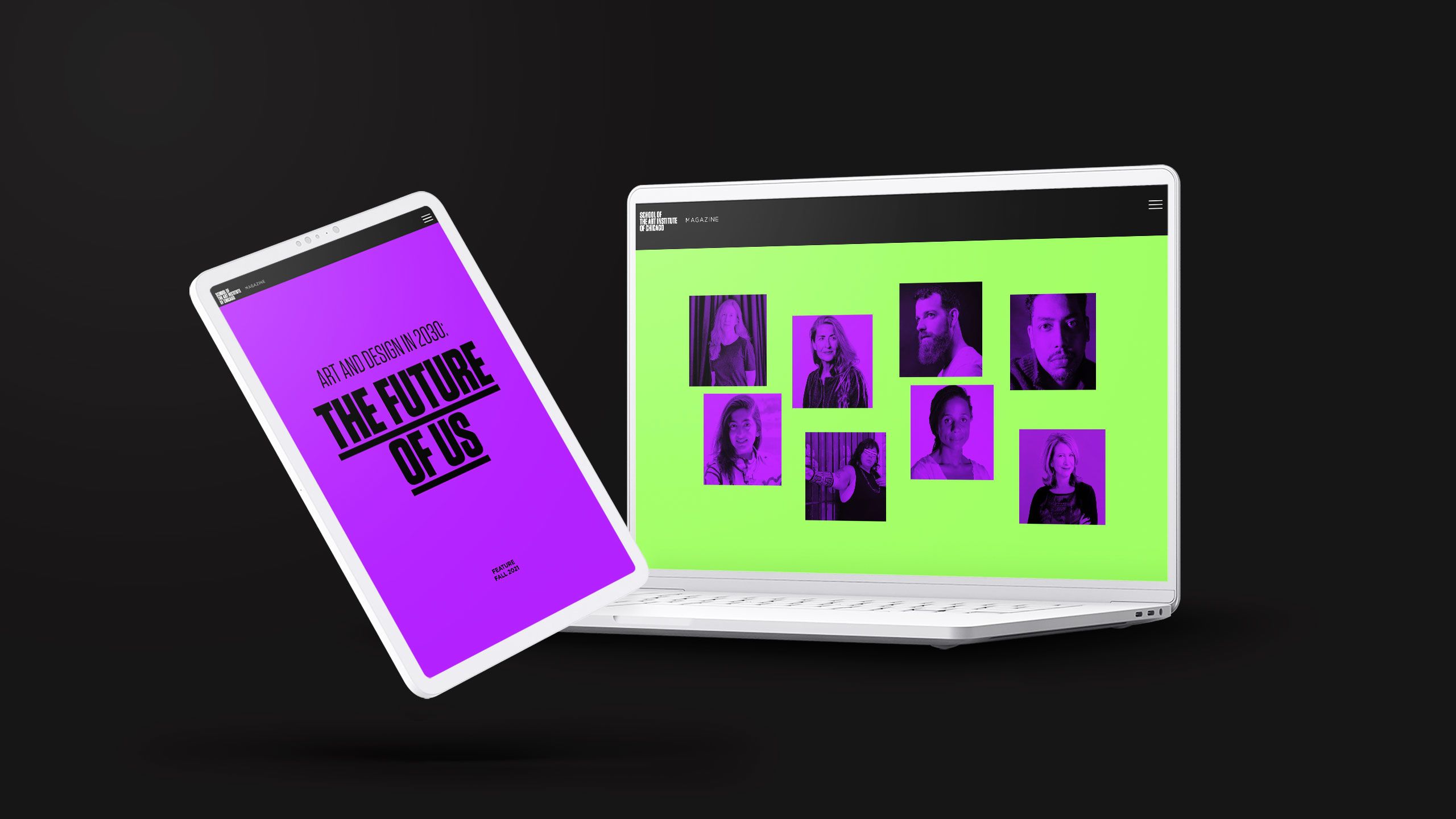
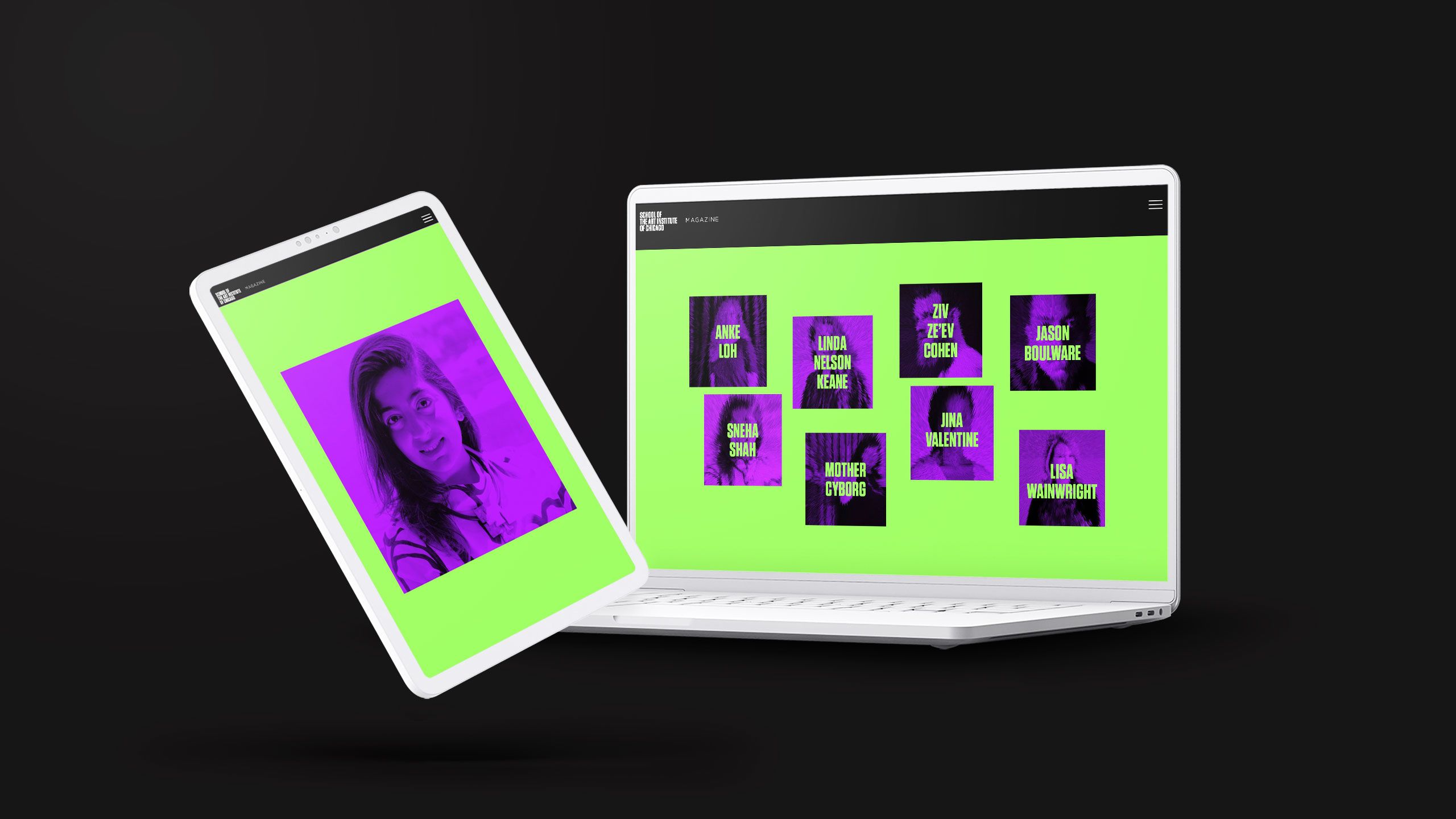
6. RELX: The internal communications manual
RELX provides analytical and decision-making tools for businesses. This listicle is an example of their highly effective content marketing: offering valuable help to potential customers as a way to show off the company’s expertise.
The Internal Communications Manual is a complete guide to communicating more effectively within your team. It’s laid out in black, white, and yellow, with plenty of line illustrations — strongly reminiscent of a DIY manual.
This is one of the longer listicles in our collection, with 50 different points. But because each one is brief, clear, and supported by the design, it’s still highly readable.


7. PerthNow: 10 epic West Aussie experiences
This travel article from PerthNow is in the best traditions of online listicles. It’s aspirational and personal; illustrated with big, glossy photos; and the list is limited to the classic “top ten”.
The article is sponsored by travel company Australia’s Golden Outback, so each item on the list represents a specific trip that readers can buy.
In this case, the listicle works like a catalogue: you can browse through it quickly, then zoom in on the items that really catch your attention.
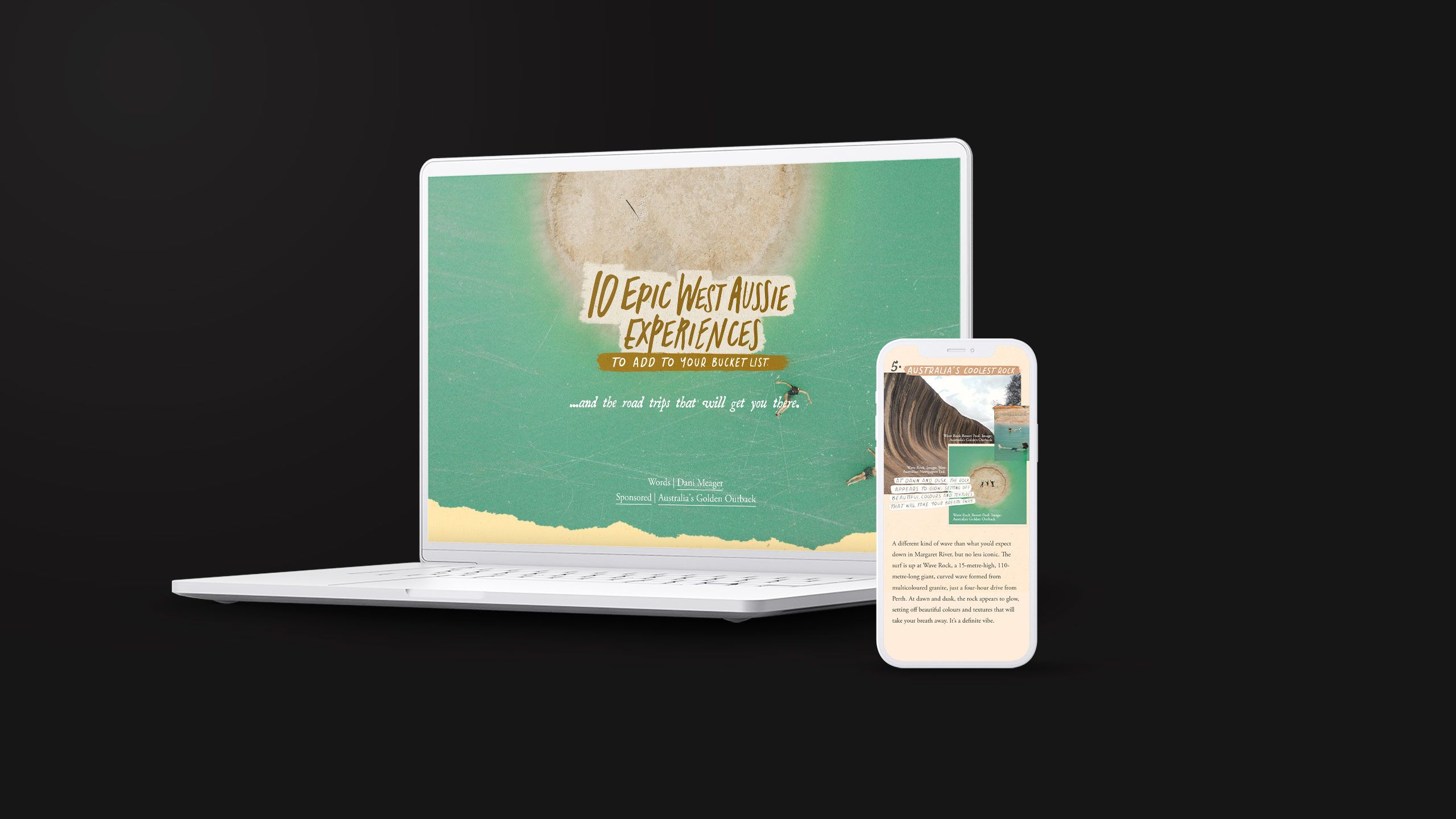
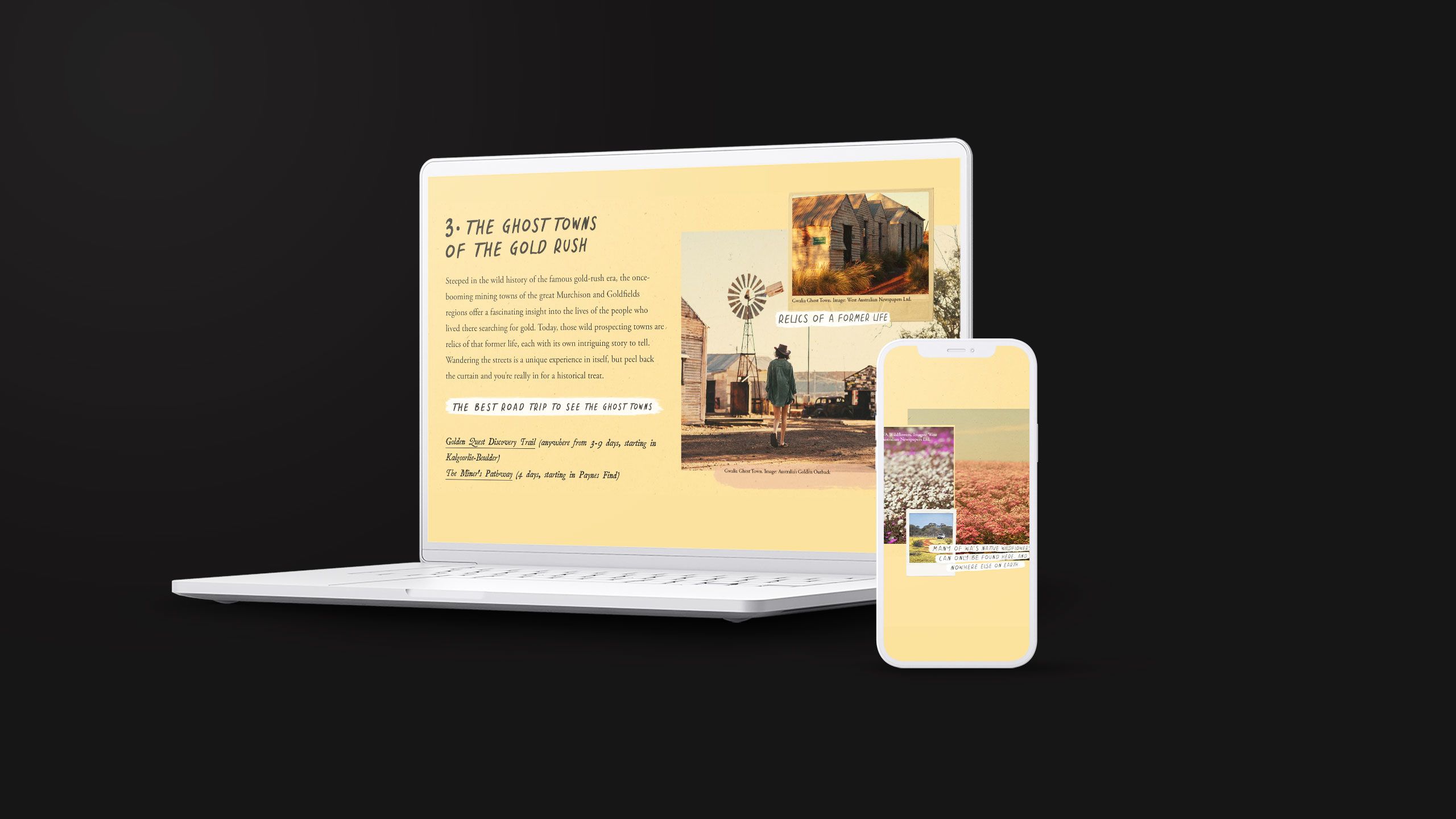
8. Nature: How COVID has deepened inequality
There has been so much research and data to come out of the COVID pandemic. For months, we all got used to seeing daily charts, percentages, hospital statistics, and infection rates.
So it’s hard to cut through with any more information. But Nature have something that they really want to share: the bleak story of how the pandemic has worsened inequality around the world.
This is a strong example of how listicles can cover even the most serious and challenging topics. By distilling their findings down to six animated graphics, Nature reaches out to their audience without overwhelming us.
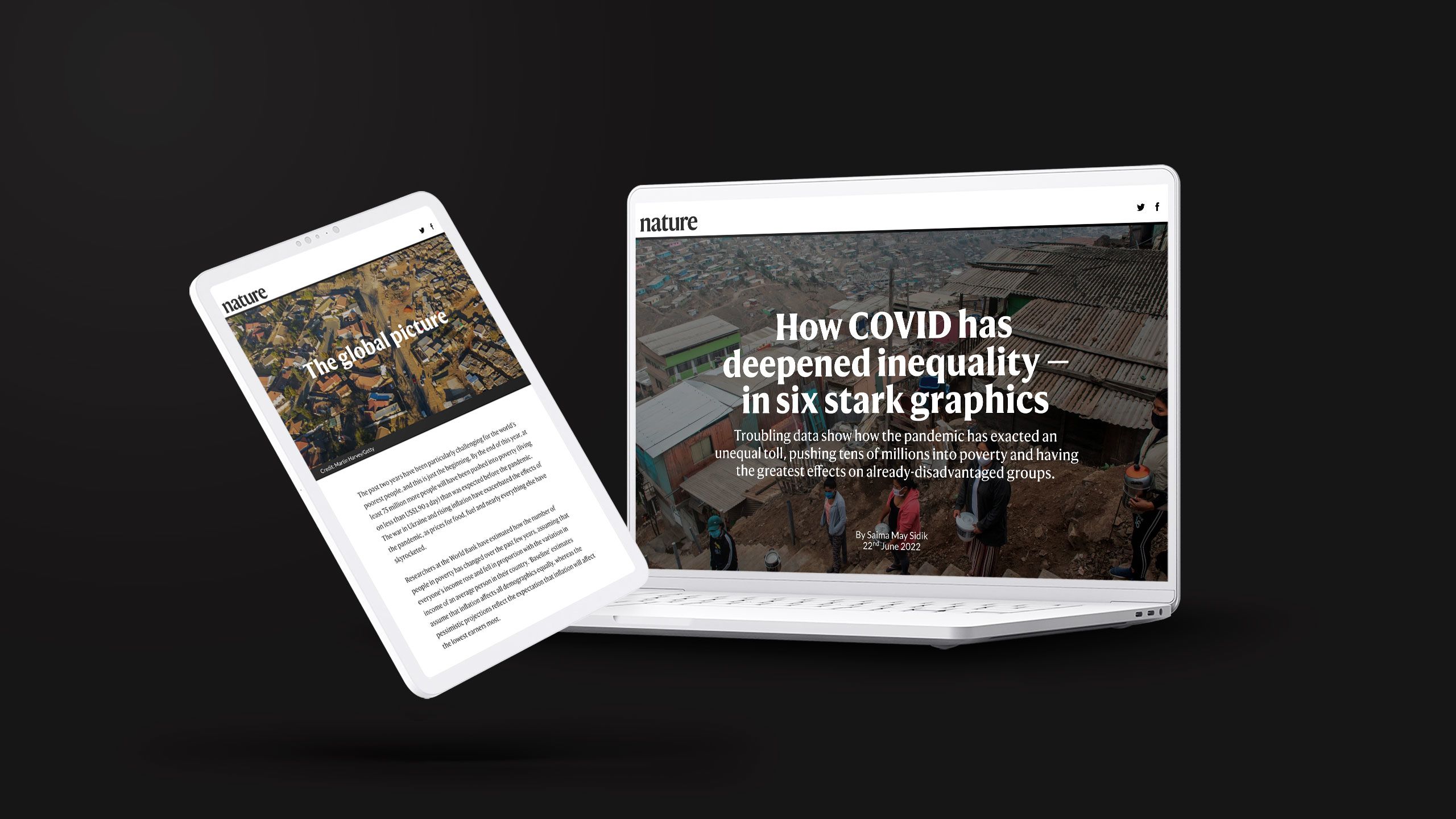
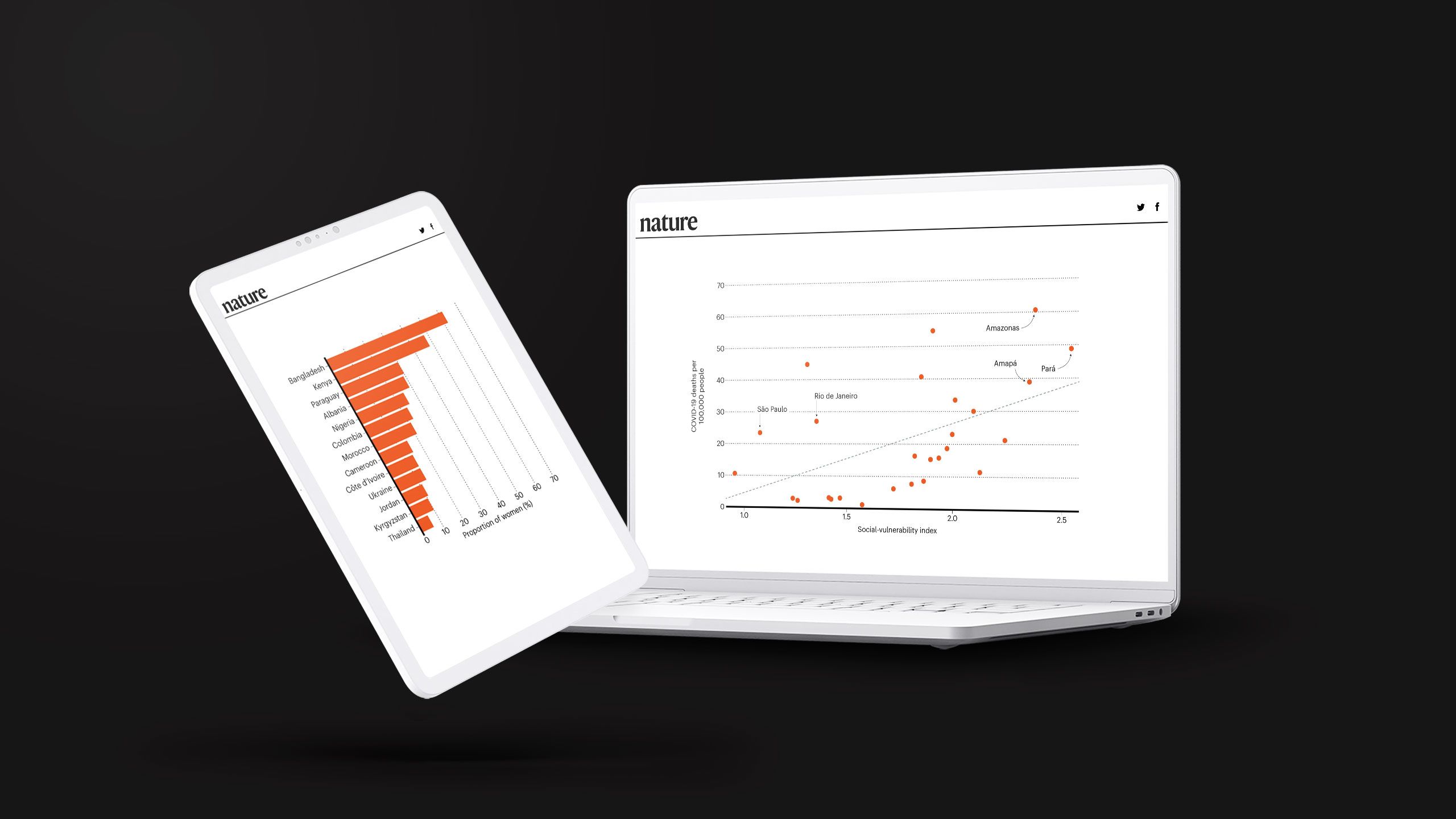
9. IFC: 7 Steps to a zero-carbon building
Listicles can be used for case studies and profiles, too.
- Step 1: Think about the process your case study or interviewee went through to get where they are today.
- Step 2: Break that process down into small, manageable pieces.
- Step 3: Present the list as a how-to guide.
That’s what International Finance Corporation have done with this piece on zero-carbon buildings. It follows the story of just one project in Mexico, using it to explain and inspire a wider discussion.

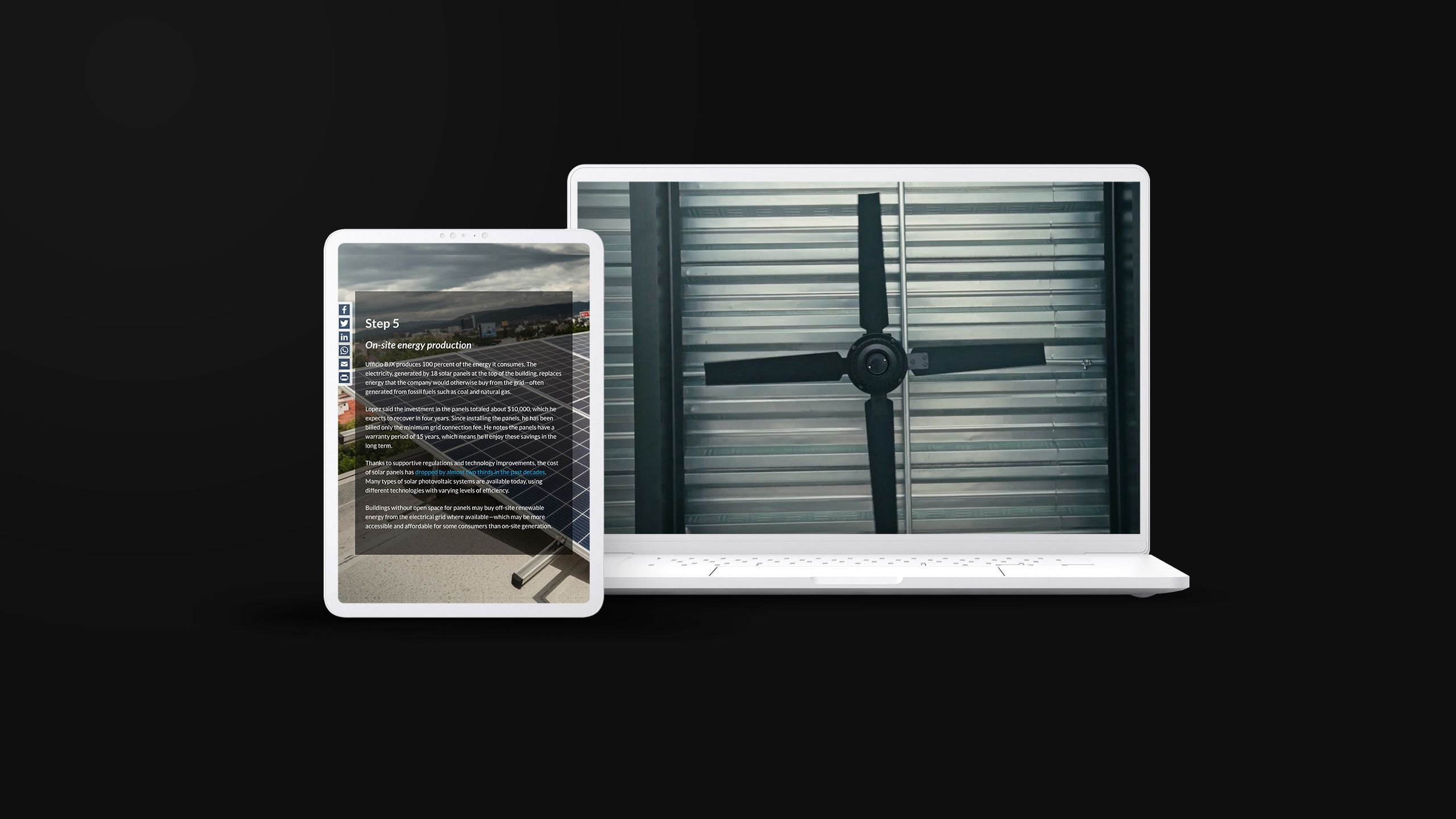
10. Campaign: 5 ways to future-proof your business in a post-cookie world
If you’re reading this, chances are that you work in marketing and communications. And if you work in marketing and communications, you know that the Cookie Apocalypse is imminently predicted. Privacy, ads, and tracking on the Internet are all about to change. What’s next?
This is a big, complicated topic that takes in a lot of technical and legal aspects. In this piece, Campaign magazine makes the issue accessible by breaking it down into five ways that businesses can prepare for the shift. It goes beyond describing the challenge to offering concrete ways to respond.
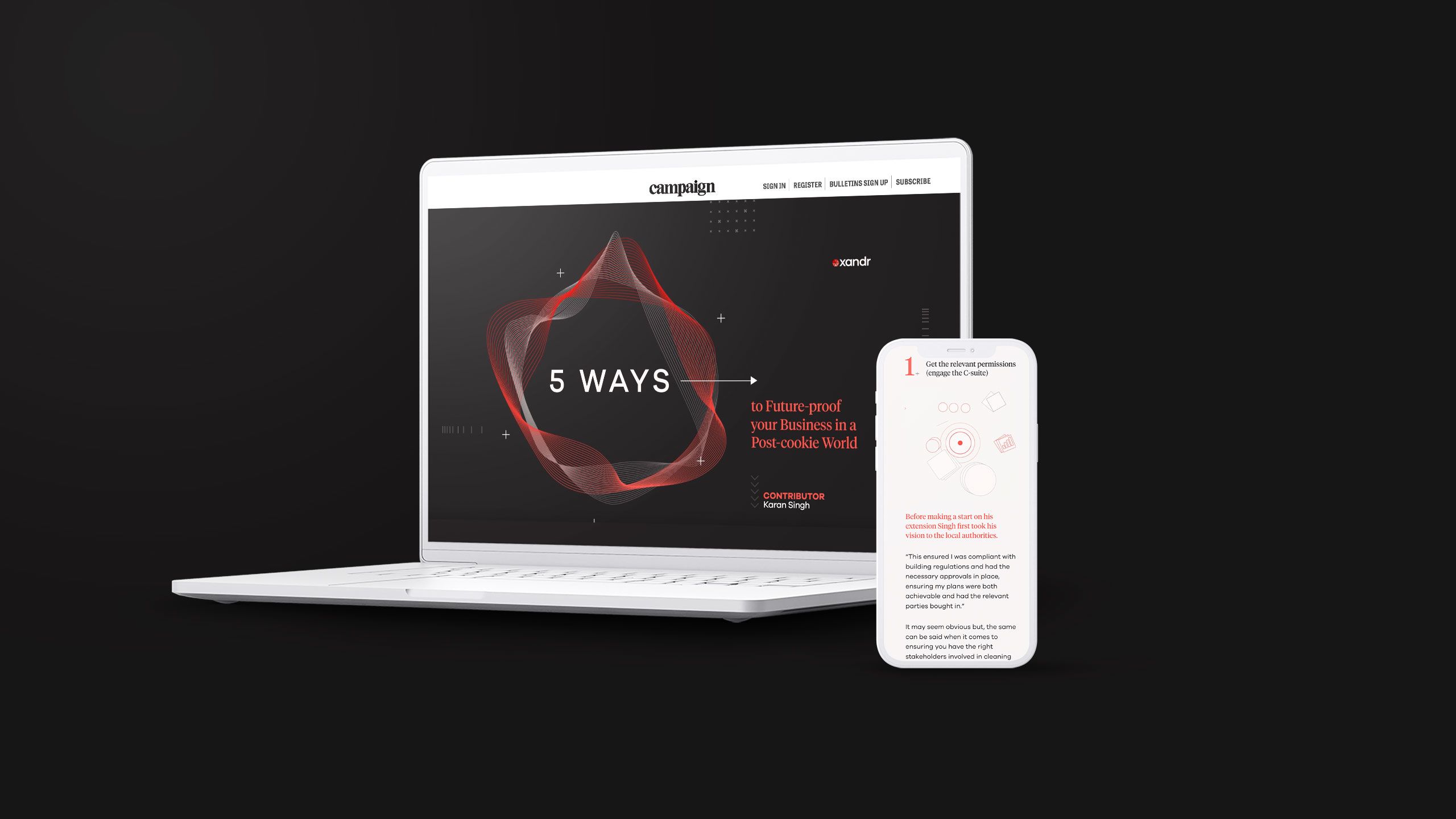

So what’s the conclusion here? What ties these 10 listicle examples together and makes the list work?
This isn’t a BuzzFeed listicle, after all, so I can’t invite you to share your story in the comments or choose a GIF response.
But I can point out the creative diversity of all the examples above: from purpose, to design, to writing style, each one has its own unique twist on the listicle format.
And, most importantly of all, this list isn’t complete. There is so much else that marketers can achieve with listicles in their content marketing. What could you create?
Ready to start your own listicle?
Try one of our free templates:
Travel listicle template
Sports listicle template
Listicle feature article template

